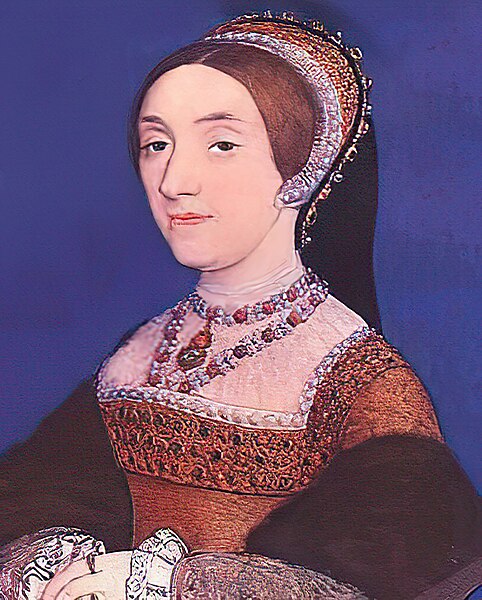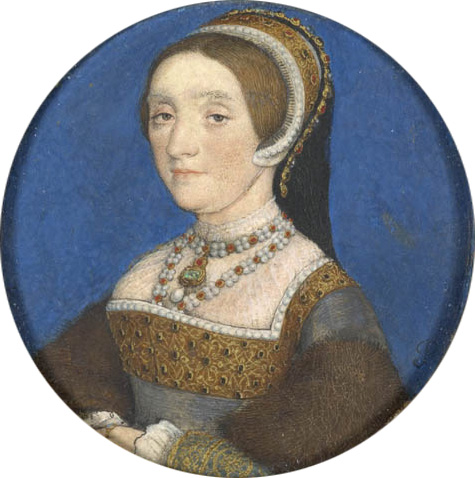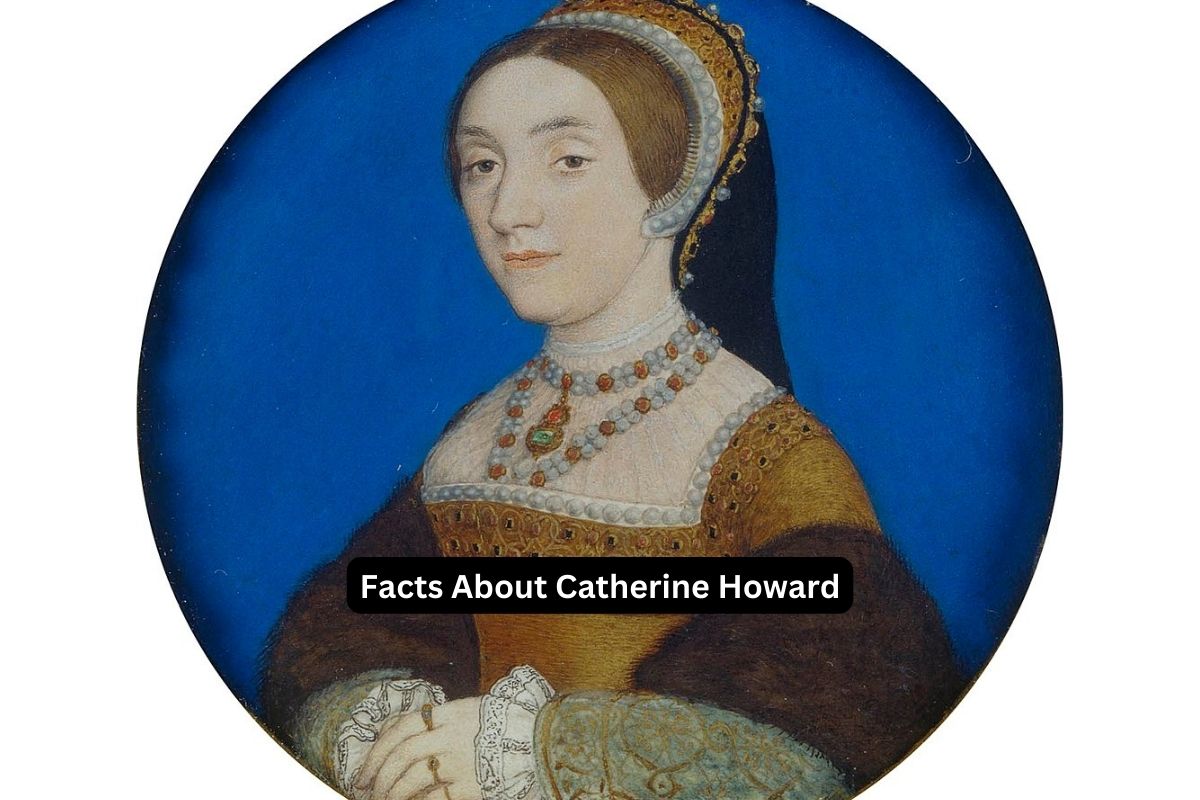Catherine Howard was born around 1523 into the powerful Howard family. She married King Henry VIII of England in 1540, becoming his fifth wife. Her reign as queen consort lasted less than two years.
Catherine’s life is marked by her youth, inexperience, and a series of extramarital affairs, including one with Thomas Culpeper. These affairs were uncovered, leading to her arrest, trial, and execution for high treason in 1542.
She was beheaded at the Tower of London. Catherine Howard’s story continues to be a subject of interest in literature and media, portraying her as a tragic figure caught in the tumultuous politics of the Tudor court.
Catherine Howard Facts
1. Born around 1523.
Catherine Howard’s exact birthdate is not known, but historians estimate that she was born around the year 1523.
Also Read: Facts About Anne of Cleves
She was born into the powerful Howard family, one of the most prominent noble families in England during the Tudor period.

2. Daughter of Lord Edmund Howard and Joyce Culpeper
Catherine Howard was the daughter of Lord Edmund Howard, who was a younger son of Thomas Howard, the 2nd Duke of Norfolk.
Her mother was Joyce Culpeper, and she came from a gentry family. Catherine’s early life was marked by the loss of her mother and a lack of proper guidance, which contributed to her later troubles.
3. Married King Henry VIII in 1540
Catherine Howard’s marriage to King Henry VIII took place on July 28, 1540, when she was likely around 17 or 18 years old, while Henry was about 49. This marriage followed Henry’s annulment of his marriage to his fourth wife, Anne of Cleves.
Also Read: Catherine Parr Facts
The union was politically significant as it strengthened the Howard family’s position at court, given their influence and connections.
4. Reigned as queen consort for less than two years
Catherine Howard’s reign as queen consort of England was remarkably brief. After marrying King Henry VIII on July 28, 1540, her tenure as queen lasted for less than two years. This short time as queen can be attributed to her youth, inexperience, and the rapid turn of events in her life.
5. Engaged in extramarital affairs, including one with Thomas Culpeper
Catherine Howard’s downfall stemmed from her involvement in multiple extramarital affairs during her marriage to King Henry VIII. The most notable of these affairs was with Thomas Culpeper, a member of the king’s court.
She had also been romantically involved with Francis Dereham, a man she knew before her marriage. These affairs became widely known and were central to the accusations against her.
6. Investigated for adultery by Archbishop Thomas Cranmer
Catherine Howard’s secret liaisons and her premarital sexual history were exposed, leading to a thorough investigation. Archbishop Thomas Cranmer and his agents conducted inquiries that implicated her in acts of adultery and treason. The evidence gathered was used in her trial, which ultimately sealed her fate.

7. Found guilty of high treason
Catherine Howard’s trial for high treason was a significant event in her life. She, along with several of her alleged lovers, including Thomas Culpeper and Francis Dereham, was found guilty of committing adultery and conspiracy against the king.
Her trial took place on November 21, 1541. Following her conviction, she was sentenced to death.
8. Executed by beheading on February 13, 1542
Catherine Howard was executed on February 13, 1542, at the Tower of London. Her execution method was beheading, which was considered a more merciful form of execution for nobility at the time.
Her final moments were undoubtedly harrowing as she faced the executioner’s block, becoming yet another victim of Henry VIII’s marital turmoil and the political intrigues of the Tudor court.
9. Buried in an unmarked grave at the Tower of London
atherine Howard was buried in an unmarked grave at the Chapel of St. Peter ad Vincula within the Tower of London, alongside other notable historical figures.
St. Peter ad Vincula is known for housing the remains of several prominent prisoners and executed individuals, making it a unique and historically significant burial site.
10. Subject of various novels, films, and TV series due to her tragic life story
Catherine Howard’s life and tragic fate have continued to capture the public’s imagination for centuries. Her story has been the subject of numerous novels, films, and television series. Writers and filmmakers have often portrayed her as a young and naive victim of circumstances, highlighting the disparity in age and experience between her and King Henry VIII, as well as her ill-fated romantic entanglements.
Catherine Howard’s tumultuous life, marked by a brief and ill-fated marriage to a king, extramarital affairs, and a tragic end, remains a poignant and enduring chapter in Tudor history and continues to be a source of fascination and intrigue for those interested in the lives of historical figures from this era.
